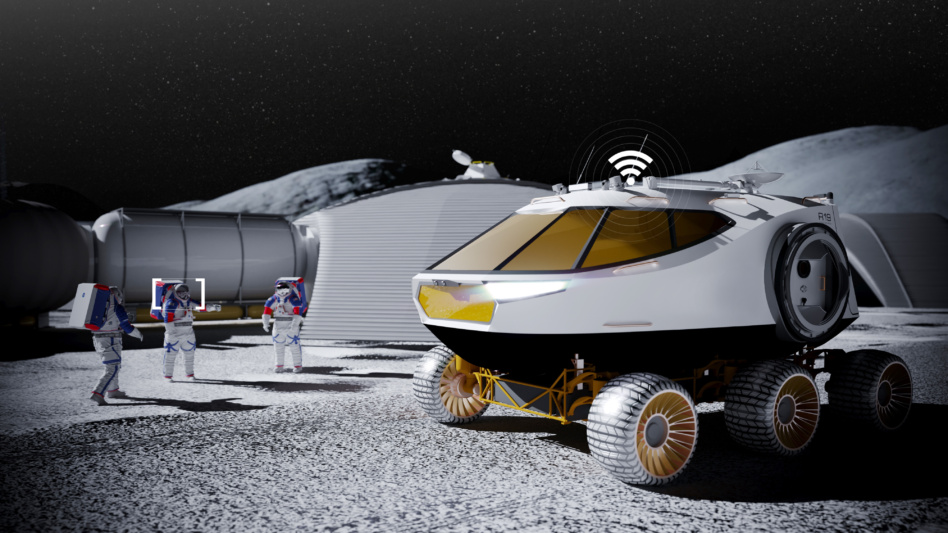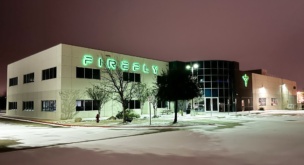NASA has tapped Solstar Space to build a WiFi network on the Moon, to connect wireless hardware that’s expected to be part of the future lunar economy.
The space agency awarded the space communications firm a $150,000 SBIR Phase 1 contract to design a lunar WiFi access point to support CLPS and Artemis missions.
Roughing it: Getting online on the Moon isn’t as easy as bringing your router to the lunar surface, Solstar founder and CEO Brian Barnett told Payload. The tech faces many challenges in deep space, including surviving extreme temperatures, encountering lunar dust that gets into every crevice of electronics, and dealing with high levels of radiation.
If the WiFi faces any issues, there’s no option to just unplug the router to reset it. As a result, Solstar is designing a proprietary operating system to allow for long distance IT fixes.
“They have to work 238,000 miles away, and within those extreme environments,” Barnett said. “We have to be able to troubleshoot from Earth.”
Use cases: Much of the future lunar architecture will rely on WiFi, according to Barnett. Wireless internet access will enable things like landers, rovers, spacesuits, sensors, astronauts’ tablets, and scientific experiments, in addition to providing connectivity to laptops and phones for astronauts in habitats.
“You need to be able to communicate amongst things on the base, and of course inside the lunar habitats,” he said. “The harsh environment of the Moon means that WiFi is really handy for communicating amongst things to reduce your time outside.”
Barnett said the company will design two versions of the WiFi access point: One for two-week CLPS missions, and the other to last up to five years to support long duration Artemis missions.
Flight heritage: Solstar has some experience connecting people off Earth. In 2018, the company flew tech on a Blue Origin New Shepard mission, sending the first commercial tweet from space.
Solstar is also teaming up with Momentus in 2026, aiming to demonstrate what they say is the first commercial WiFi hotspot in LEO.



